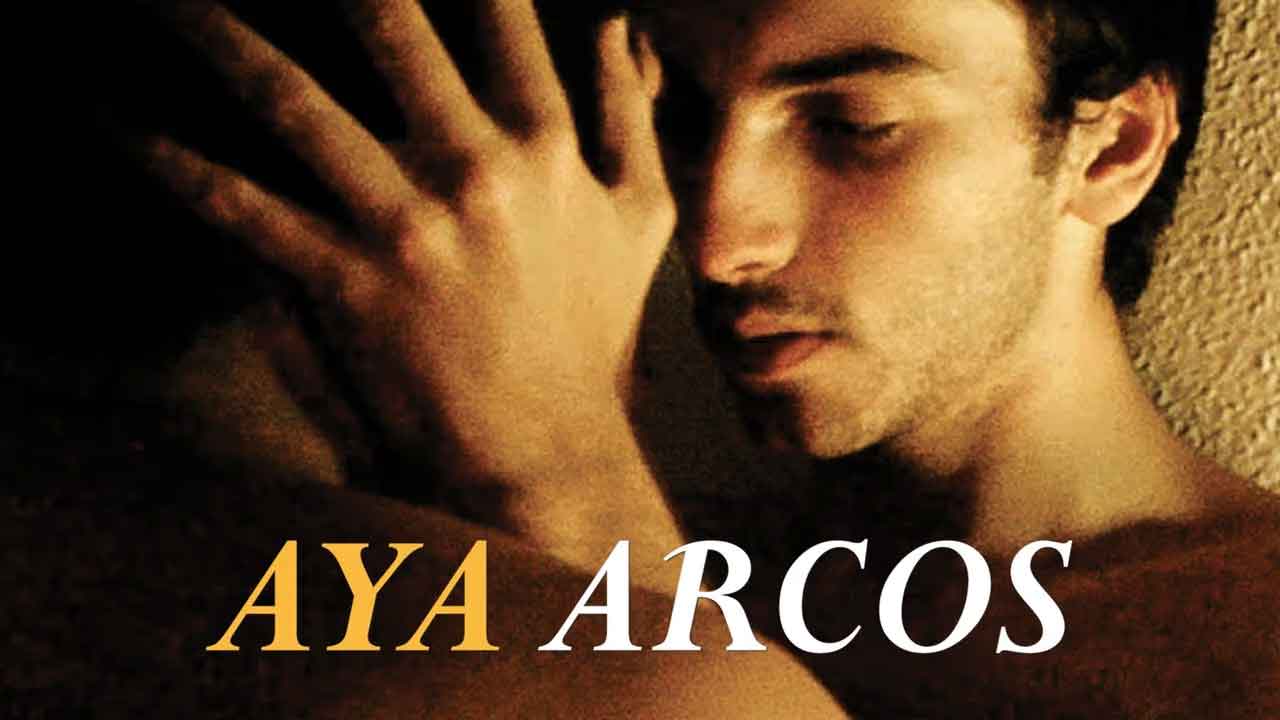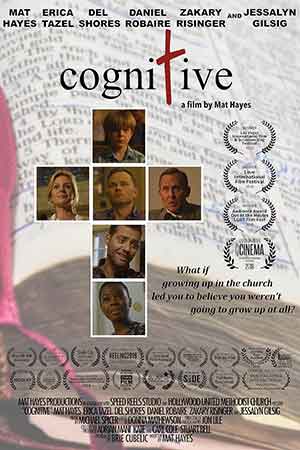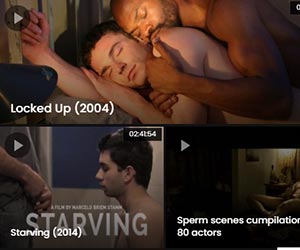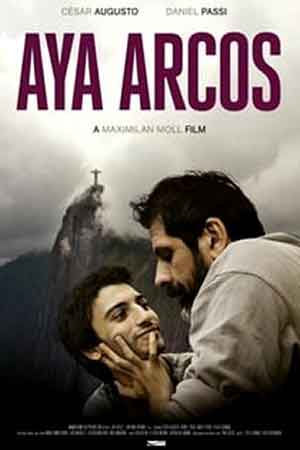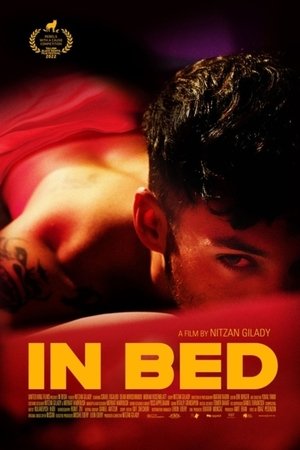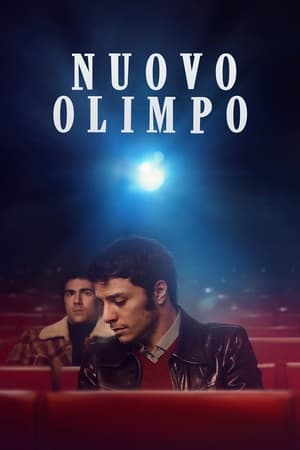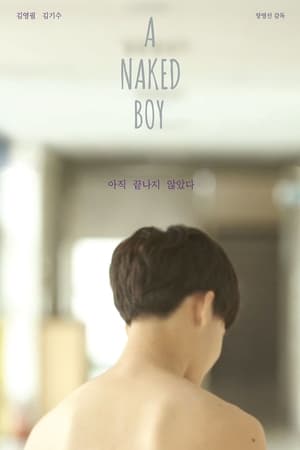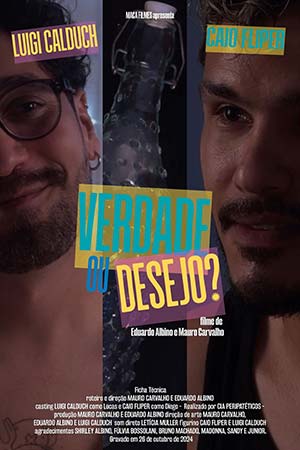Aya Arcos – Story
Aya Arcos opens with the rhythm of Rio — the kind that sweats, hums, and quietly hurts. Edu, a middle-aged writer stuck between two drafts and one fading relationship, meets Fábio, a 21-year-old hustler who sells his body but guards his heart. What begins as curiosity becomes an exchange of needs: one man looking for inspiration, the other for someone to finally see him.
Edu follows Fábio through the city’s humid nights and cheap motels, pretending it’s research for a new book. But it’s clear he’s researching something much deeper — the feeling of being wanted, even when it costs. The film doesn’t rush. It lets you breathe inside their silences, inside that uncomfortable intimacy that feels both sacred and dangerous.
The Characters
Fábio is not your cliché hustler. He’s young, yes, but not naive. There’s something fragile in his confidence — a survival mechanism wrapped in charm. Edu, on the other hand, hides behind words. He writes about emotions he can’t live, and that’s where the tension lives: between what’s written and what’s felt.
When Edu insists they should both get tested for HIV, Fábio reacts with anger — not because he doesn’t care, but because he’s tired of being treated as a threat. The argument is raw and human, not melodramatic. It’s the kind of scene that makes you think about how fear — even when justified — can kill trust faster than any virus.
“If I’m sick, I’m sick. If you’re sick, you’re sick. That’s it.”
That line cuts through the film like lightning. Not because it’s brave, but because it’s honest. Aya Arcos doesn’t preach; it just stares at the things we avoid saying out loud.
The Feel of the Film
Director Maximilian von Moll shoots Rio not as a postcard, but as a fever dream. The camera lingers on skin, reflections, the slow dance between desire and loneliness. There’s beauty in the sweat, in the light that falls on tired faces, in the quiet of morning after too much honesty.
The pacing is almost meditative — frustrating for those expecting plot, but rewarding for anyone who listens to emotional rhythm. The soundtrack, like the city itself, moves from samba to silence. Each scene feels improvised, as if the story was caught rather than written.
The Underneath
Beneath the surface, Aya Arcos is about power — who owns the story, who gets to feel safe, who can afford to be vulnerable. Edu thinks he’s the observer, but he’s the one being stripped bare. Fábio, in his chaotic way, becomes the mirror that shows Edu what he’s been hiding from: age, fear, and the illusion of control.
HIV hangs in the air, not as a threat but as a metaphor. It’s the ultimate test of intimacy — the line between closeness and risk. The film never exploits it; it just lets it exist, quietly, like an unwelcome guest that both men have learned to live with.
Final Notes for Aya Arcos
Aya Arcos isn’t trying to shock you or seduce you. It wants to make you pause — to remember that bodies can heal or hurt, depending on how gently we touch. It’s about connection that burns too bright, too fast, and still leaves something behind.
There’s a line near the end that sums it up: life passes right in front of you, and if you blink — you miss the moment when it could have been love.
Or maybe that’s what Edu finally learns: that sometimes the real story is not the one you write, but the one you survive.
